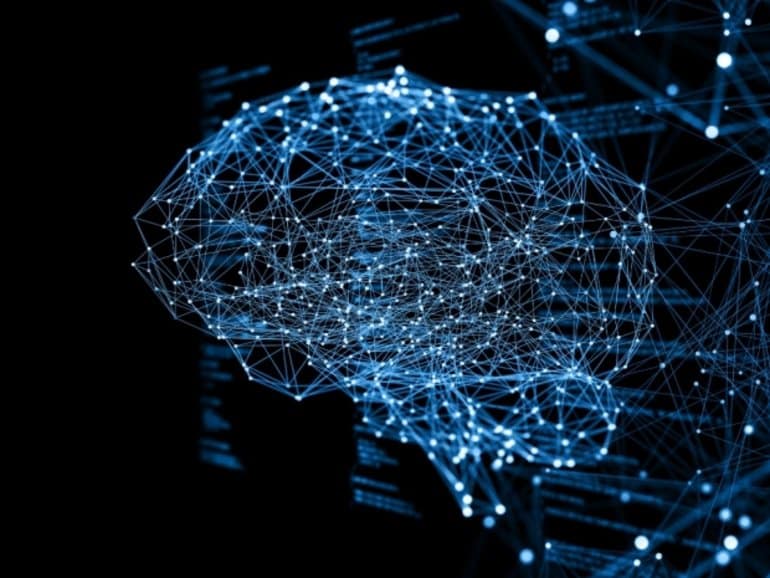Summary: A new system within the brain uses for information processing and memory storage has been discovered. The findings provide novel insight into how the brain functions.
Source: NYU
A team of scientists has uncovered a system in the brain used in the processing of information and in the storing of memories—akin to how railroad switches control a train’s destination. The findings offer new insights into how the brain functions.
“Researchers have sought to identify neural circuits that have specialized functions, but there are simply too many tasks the brain performs for each circuit to have its own purpose,” explains André Fenton, a professor of neural science at New York University and the senior author of the study, which appears in the journal Cell Reports.
“Our results reveal how the same circuit takes on more than one function. The brain diverts ‘trains’ of neural activity from encoding our experiences to recalling them, showing that the same circuits have a role in both information processing and in memory.”
This newly discovered dynamic shows how the brain functions more efficiently than previously realized.
“When the same circuit performs more than one function, synergistic, creative, and economic interactions become possible,” Fenton adds.
To explore the role of brain circuits, the researchers examined the hippocampus—a brain structure long known to play a significant role in memory—in mice. They investigated how the mouse hippocampus switches from encoding the current location to recollecting a remote location.

Here, mice navigated a surface and received a mild shock if they touched certain areas, prompting the encoding of information. When the mice subsequently returned to this surface, they avoided the area where they’d previously received the shock–evidence that memory influenced their movement.
The analysis of neural activity revealed a switching in the hippocampus. Specifically, the scientists found that a certain type of activity pattern in the population of neurons known as a dentate spike, which originates from the medial entorhinal cortex (DSM), served to coordinate changes in brain function.
“Railway switches control each train’s destination, whereas dentate spikes switch hippocampus information processing from encoding to recollection,” observes Fenton. “Like a railway switch diverts a train, this dentate spike event diverts thoughts from the present to the past.”
Funding: This research was supported by grants from the National Institutes of Health (R01NS105472 and R01MH099128).
About this memory and information processing research news
Source: NYU
Contact: James Devitt – NYU
Image: The image is credited to NYU
Original Research: Open access.
“Dentate spikes and external control of hippocampal function” by André Fenton et al. Cell Reports
Abstract
Dentate spikes and external control of hippocampal function
Highlights
- •CA1 represents distant, recollected locations during slow gamma dominance (SGdom)
- •Medial entorhinal cortex-originating dentate spikes (DSM) promote non-local firing
- •DSM promotes coordinated E-I coupled discharge in DG, CA3, and CA1 leading to SGdom
- •DG and CA1 sync during DSM, optimizing spike-field timing for information transfer
Summary
Mouse hippocampus CA1 place-cell discharge typically encodes current location, but during slow gamma dominance (SGdom), when SG oscillations (30–50 Hz) dominate mid-frequency gamma oscillations (70–90 Hz) in CA1 local field potentials, CA1 discharge switches to represent distant recollected locations.
We report that dentate spike type 2 (DSM) events initiated by medial entorhinal cortex II (MECII)→ dentate gyrus (DG) inputs promote SGdom and change excitation-inhibition coordinated discharge in DG, CA3, and CA1, whereas type 1 (DSL) events initiated by lateral entorhinal cortex II (LECII)→DG inputs do not. Just before SGdom, LECII-originating SG oscillations in DG and CA3-originating SG oscillations in CA1 phase and frequency synchronize at the DSM peak when discharge within DG and CA3 increases to promote excitation-inhibition cofiring within and across the DG→CA3→CA1 pathway.
This optimizes discharge for the 5–10 ms DG-to-CA1 neuro-transmission that SGdom initiates. DSM properties identify extrahippocampal control of SGdom and a cortico-hippocampal mechanism that switches between memory-related modes of information processing.






